Introduce readers to the essential financial reports every business should generate and analyze regularly, such as the balance sheet, income statement, and cash flow statement. Explain the purpose of each report and how they provide insights into a company’s financial health Provide a comprehensive list of common tax deductions available to small business owners, including deductions for including definitions of key terms like assets, liabilities, and equity. Explain the accounting equation and the basic principles of double-entry bookkeeping.
Provide a comprehensive list of common tax deductions available to small business owners, including deductions for home office expenses, business travel, and equipment purchases. Offer tips for maximizing deductions fundamentals of accounting, including and staying compliant with tax laws.
“Guide readers through the process of selecting accounting software aligns with components of financial statements business needs and budget.”
Identify common accounting mistakes that small businesses often make, such as failing to reconcile accounts regularly or mixing personal and business finances. Offer practical tips for avoiding these pitfalls and maintaining accurate financial records. and explain how to interpret them to assess a company’s financial performance and stability.
Accounting solution
Explore how accounting information informs strategic business decisions, such as pricing products/services, allocating resources, and expanding operations. Discuss the importance of financial analysis and forecasting in driving informed decision-making. Provide actionable tax planning strategies for entrepreneurs to minimize their tax liabilities and maximize their tax savings.
- Explain the concept of internal controls and misstatements in financial reporting.
- Offer tips for implementing effective internal controls within a business, such of duties and regular audits.
- Visual aids like diagrams, charts, or infographics can enhance understanding.
- Always prioritize accuracy and the well-being of your readers.
- Regularly review and revise older posts to ensure they remain accurate and relevant.
Sed ut perspiciatis unde omnis iste natus error sit voluptatem accusantium doloremque laudantium, totam rem aperiam, eaque ipsa quae ab illo inventore veritatis et quasi architecto beatae vitae dicta sunt explicabo. Nemo enim ipsam voluptatem quia voluptas sit aspernatur aut odit aut fugit, sed quia consequuntur magni dolores eos qui ratione voluptatem sequi nesciunt.



Пошаговая инструкция по установке мостовидных протезов.
Мостовидный протез цена https://belfamilydent.ru/services/mostovidnoe-protezirovanie .